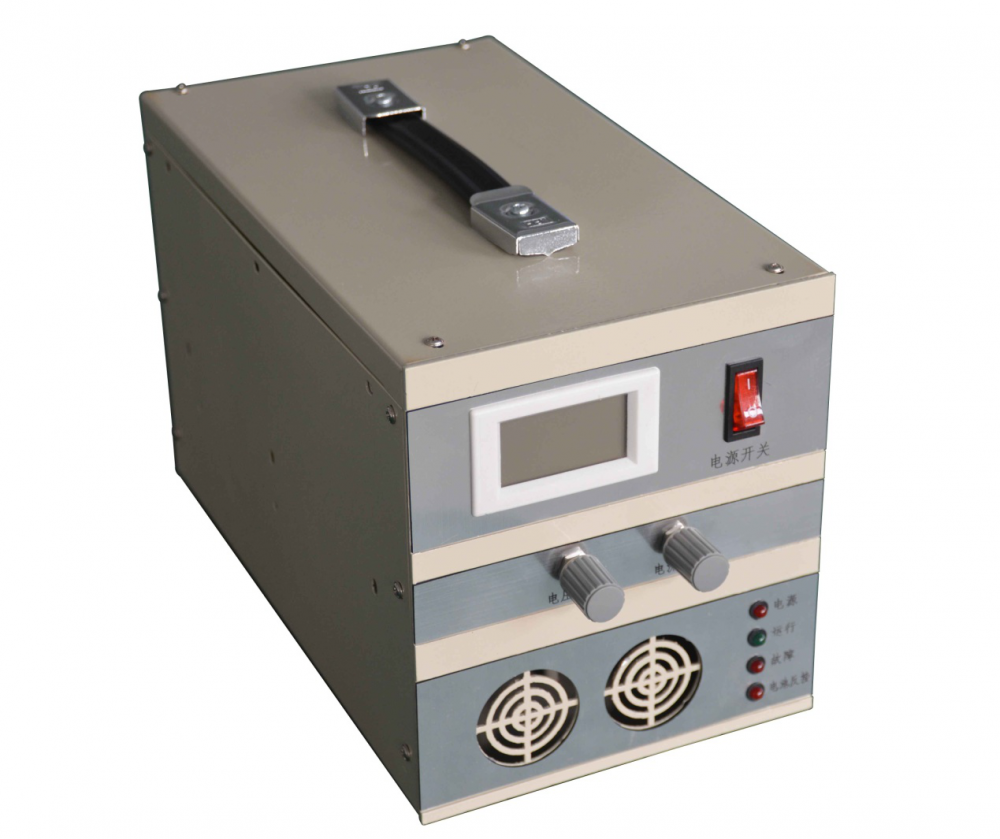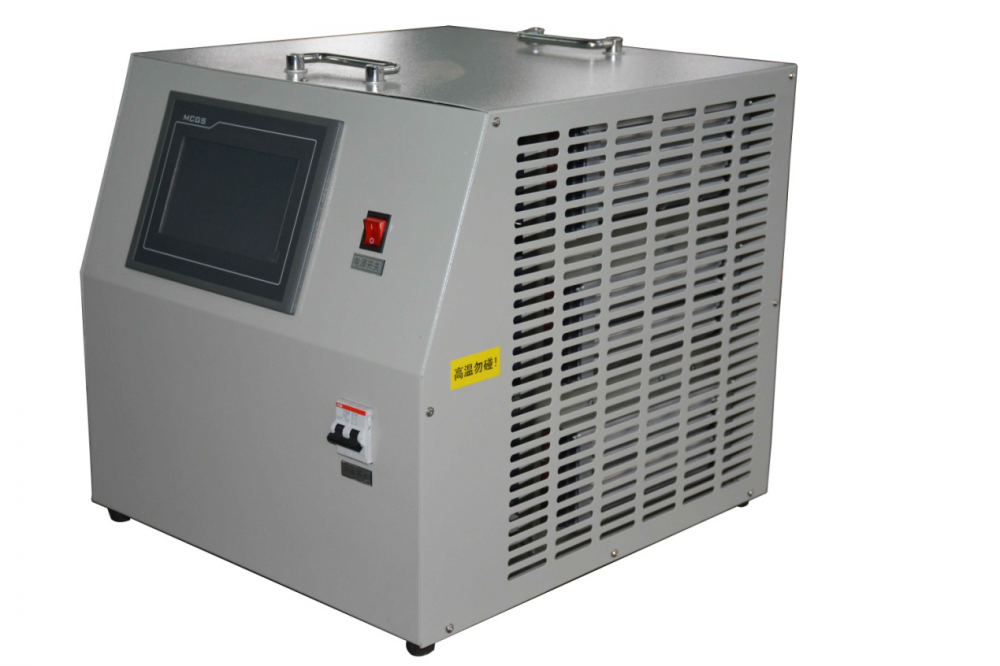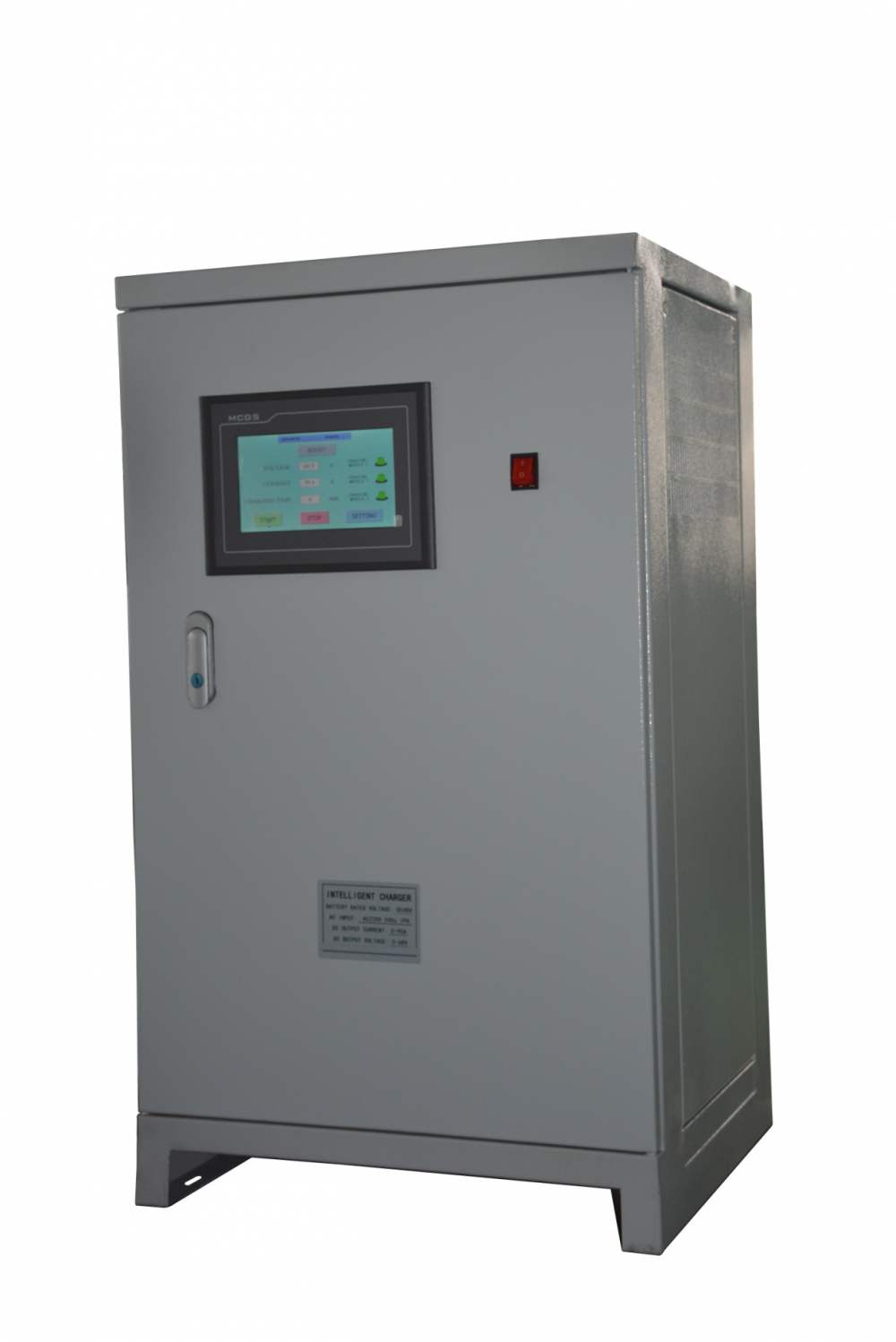The rapid development of the LED industry has greatly stimulated the development of the upstream materials industry and further promoted breakthroughs in the field of high-end materials. LED luminaires use a large number of plastic parts, including LED package components, LED optical lenses, light scattering components, high-efficiency heat-dissipating components, light reflection and light diffusing plates, etc., and thermal plastics are increasingly replacing metal parts. The heat-conducting component of the LED lamp mainly comprises a lamp holder, a cooling heat-dissipating lamp cup and a casing.

From the perspective of the whole life cycle, the organic composite heat-conductive plastic is more environmentally friendly, consumes less energy than the production of metal materials, and has less pollution in the production process, which meets the needs of national energy conservation, emission reduction and energy conservation. With the improvement of LED light efficiency and the reduction of heat generated, the requirements for LED heat dissipation will be gradually reduced, and the heat-conducting plastic heat sink will be able to meet the heat dissipation requirements of most conventional LED lamps. It is expected that relatively rapid development will be achieved soon, and the division of labor in the industry chain will be further clarified.

It is understood that the current traditional heat dissipation materials for the lamp housing mainly include the following three types: metal materials, ceramics and general plastics. Compared with metal materials, thermal conductive plastics have the characteristics of uniform heat dissipation, light weight, high safety factor and flexible design. Compared with ceramics, the thermal plastics are strong, the molding process is convenient, and the design freedom is higher. Compared with general plastics, heat conduction Plastics have a high coefficient of expansion.
Thermal plastics have many advantages over traditional metal materials, summing up the following four points:
1. Lightweight
The density of pure aluminum is 2700kg/m3, the density of aluminum alloy is larger, and the density of heat conductive plastic is usually 1500~2000kg/m3. The heat dissipation of heat-conducting plastic can greatly reduce the weight of lighting products (about 30%~50%). It makes the lighting products lighter, useful to reduce the indirect cost of the device and transportation.

2. High degree of freedom of planning
The degree of freedom of planning is an outstanding advantage of organic thermally conductive plastics. The main production method of aluminum radiator is die casting or stretch forming, which is difficult to process in a messy shape during the production process. The outstanding fluidity of organic plastics can produce very thin parts, and the more chaotic shapes can be planned, and the weight of the products can be further reduced. Moreover, the injection molding products are beautiful and the finish is good, and the color of the products can be diversified without the need of subsequent spraying, coloring and the like.
3. Planning for mass production
The heat-conducting plastic can be molded at one time, without post-processing, and simply completes the large-scale batch production and completes the planning benefits. It is useful to reduce the subsequent steps of deburring and nickel plating after extrusion of aluminum materials. Together, the cost of the mold is smaller than that of the aluminum alloy, and the life is long, which reduces the processing cycle and cost.
4. Safe and simplify power supply construction
Due to its high conductivity, aluminum radiators are difficult to pass the test of high voltage resistance if a non-blocking power supply is used. The insulating properties of the heat-conducting plastics have a certain advantage in the high-pressure test, making it possible to use non-blocking power supplies to produce lamps, which may not only reduce the cost, but also make the products more elaborate, and more importantly, reduce the user's use. The safety hazard that may occur during the conduction of the metal casing during the process. It is safe and environmentally friendly, can be recycled, and has good insulation to ensure its safety.
With the Chinese government departments paying more attention to this, and intensifying technological innovation and investment in special materials, LED materials, especially thermal conductive plastics, will have very good application prospects and development space.
The PZDK series lithium battery smart charger has a flexible human-machine dialogue function and is a human-machine interface with a color touch screen. It is a smart charging device developed according to the battery pack (group) charging technology requirements of AGV (Automatic Guide Vehicle). It uses a microprocessor as the main control unit for intelligent charging of AGVs and other electric vehicles.





Lithium Ion Battery Charger,Lithiumion Battery Charger,Intelligent Fast Charger,Lithium Battery Charger
Xinxiang Taihang Jiaxin Electric Tech Co., Ltd , https://www.chargers.be